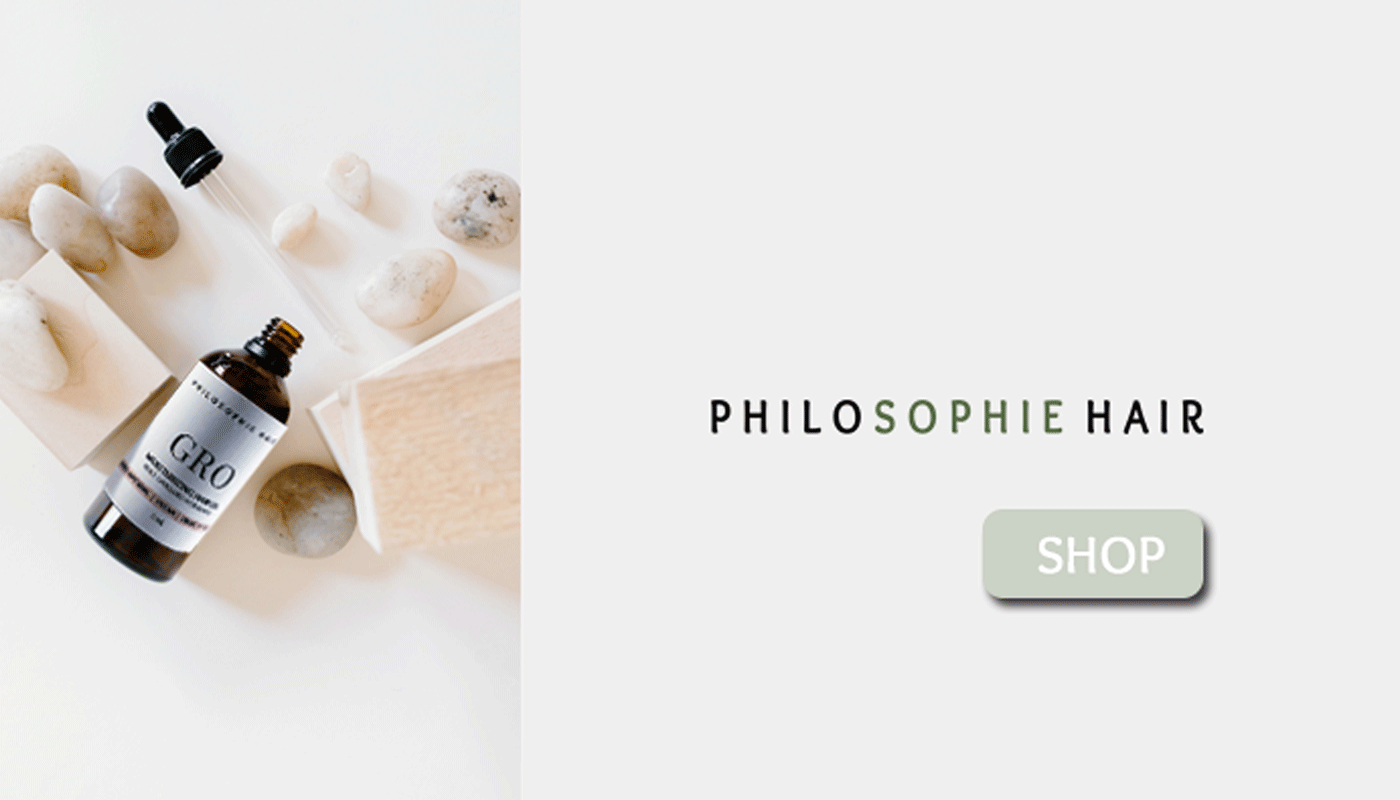Table of Contents
ToggleIntroduction

Protective hairstyles are essential for maintaining healthy hair, especially for people with curly, coily, or kinky hair. These styles help to minimize manipulation and damage to strands, reduce breakage, and retain moisture.
In this blog post, we will discuss eight protective hairstyles that can help you achieve your hair goals while keeping your tresses healthy and strong.
Ready to learn more? Read on for some exciting protective styles that you can try out today.
Box Braids
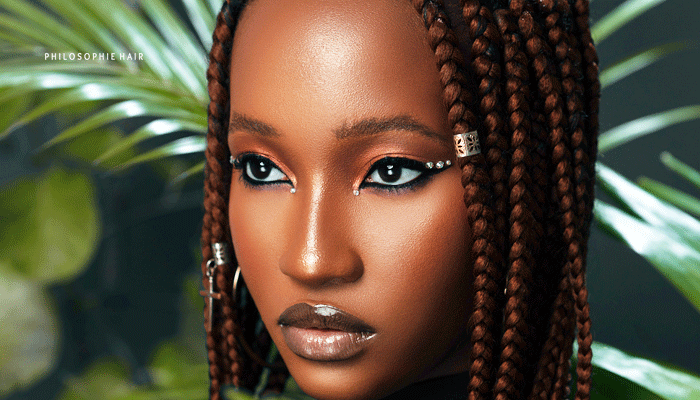
Box braids are a popular protective hairstyle that involves sectioning hair into small, square-shaped boxes and braiding each section from the root to the tip. Box braids can last up to eight weeks and are low maintenance, making them perfect for busy people.
Box braids can be styled in various ways, from a simple ponytail to elaborate updos. They are also a great way to experiment with different colors and textures without damaging your natural hair.
However, box braids can be heavy, causing tension on the scalp and hairline if not installed correctly. It is essential to ensure that the braids are not too tight and to take breaks between protective styles to allow your hair to rest.
Twists
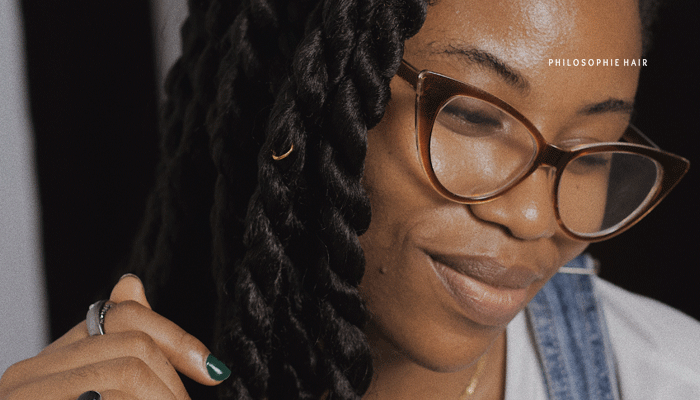
Twists are another popular protective style that involves twisting small sections of hair together. Twists can be done with two strands (two-strand twists) or three strands (three-strand twists).
Twists can last up to two weeks and are a great way to add texture and volume to your hair. They are also versatile and can be styled in various ways, from a simple half-up, half-down style to an intricate updo.
However, twists can be time-consuming to install, especially if you have thick hair. It is also essential to take care not to twist your hair too tightly, as this can cause breakage.
Cornrows
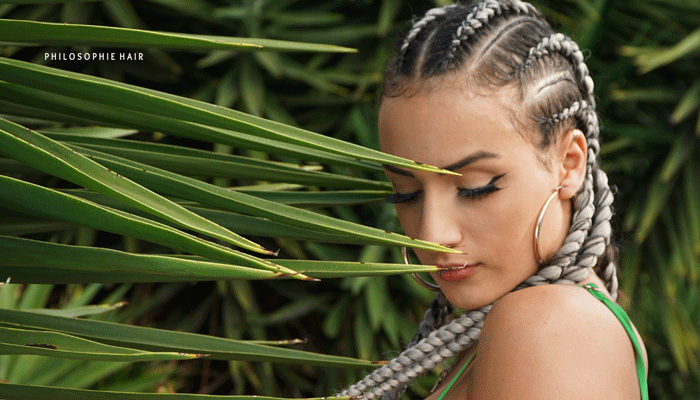
Cornrows are a classic protective style that involves braiding hair into neat, flat rows. Cornrows can be styled in various patterns, from straight lines to intricate designs.
Cornrows can last up to six weeks and are a low-maintenance style that can be dressed up or down. They are also a great way to protect your hair while swimming or participating in sports.
However, cornrows can be heavy and cause tension on the scalp and hairline if not installed correctly. It is essential to ensure that the braids are not too tight and to take breaks between protective styles to allow your hair to rest.
Faux Locs
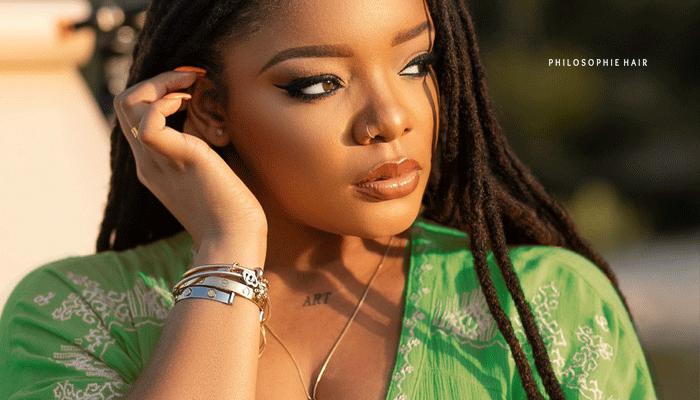
Faux locs are a protective style that mimics the look of dreadlocks without the commitment. Faux locs can be achieved by wrapping synthetic hair or yarn around your natural hair and braiding it into sections.
Faux locs can last up to eight weeks and are a great way to experiment with different hair colors and textures. They are also a low-maintenance style that requires minimal upkeep.
However, faux locs can be heavy and cause tension on the scalp and hairline if not installed correctly. It is essential to ensure that the braids are not too tight and to take breaks between protective styles to allow your hair to rest.
Halo Braid
The halo braid is a protective style that involves braiding hair around the head to create a halo-like effect. The halo braid is a great way to keep your hair off your face and protect your edges from breakage.
The halo braid can be styled in various ways, from a simple one-braid style to an intricate braided updo. It is also a great way to add volume and texture to your hair.
However, the halo braid can be challenging to achieve if you have short hair, and it can be time-consuming to install. It is also essential to ensure that the braids are not too tight and to take breaks between protective styles to allow your hair to rest.
Wigs
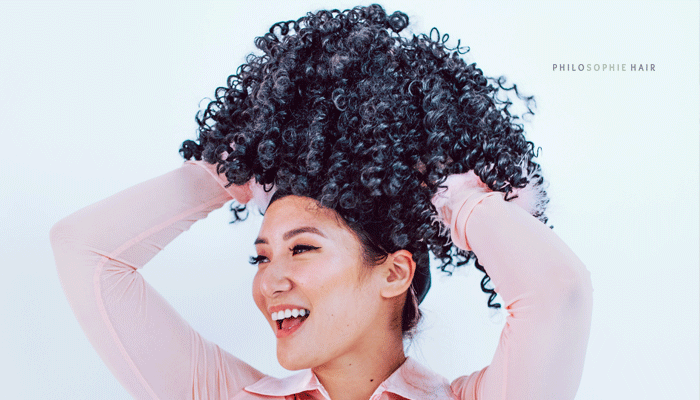
Wigs are a protective style that involves wearing a hairpiece natural hair. Wigs can be made from synthetic or human hair and come in various styles, lengths, and colors.
Headwraps
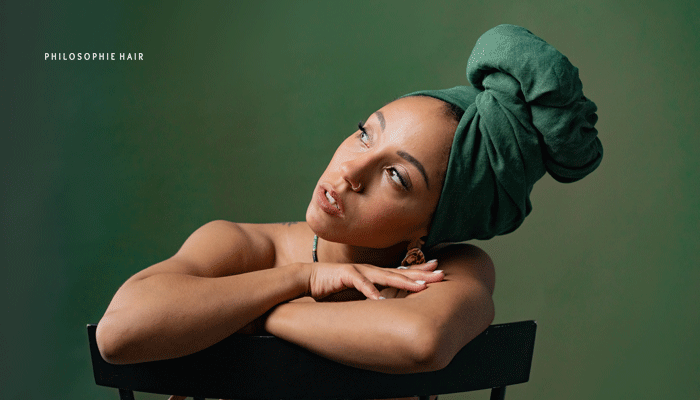
Headwraps are a protective style that involves wrapping a scarf or fabric around your head to cover your hair. Headwraps come in various styles, colors, and patterns and can be worn in various ways.
Headwraps are a great way to protect your hair from the sun, wind, and other elements. They are also a versatile style that can be dressed up or down.
However, headwraps can be challenging to achieve if you have short hair, and they can be time-consuming to install. It is also essential to ensure that the fabric is not too tight and to take breaks between protective styles to allow your hair to rest.
Conclusion
Protective styles are a great way to maintain healthy hair while achieving your hair goals. Whether you prefer braids, twists, wigs, or headwraps, there is a protective style out there for everyone.
Remember to take care not to install your protective styles too tightly and to take breaks between styles to allow your hair to rest. With these tips in mind, you can enjoy healthy, beautiful hair for years to come.
FAQs
Q: How often should I change my protective style?
A: It is recommended to change your protective style every six to eight weeks to avoid damage to your natural hair.
Q: Can I swim with a protective style?
A: Yes, you can swim with a protective style, but it is essential to ensure that your hair is properly protected from chlorine and saltwater.
Q: How do I care for my hair while wearing a protective style?
A: It is essential to keep your scalp and hair moisturized while wearing a protective style. You can use a spray bottle with a water-based leave-in conditioner to hydrate your hair and scalp

